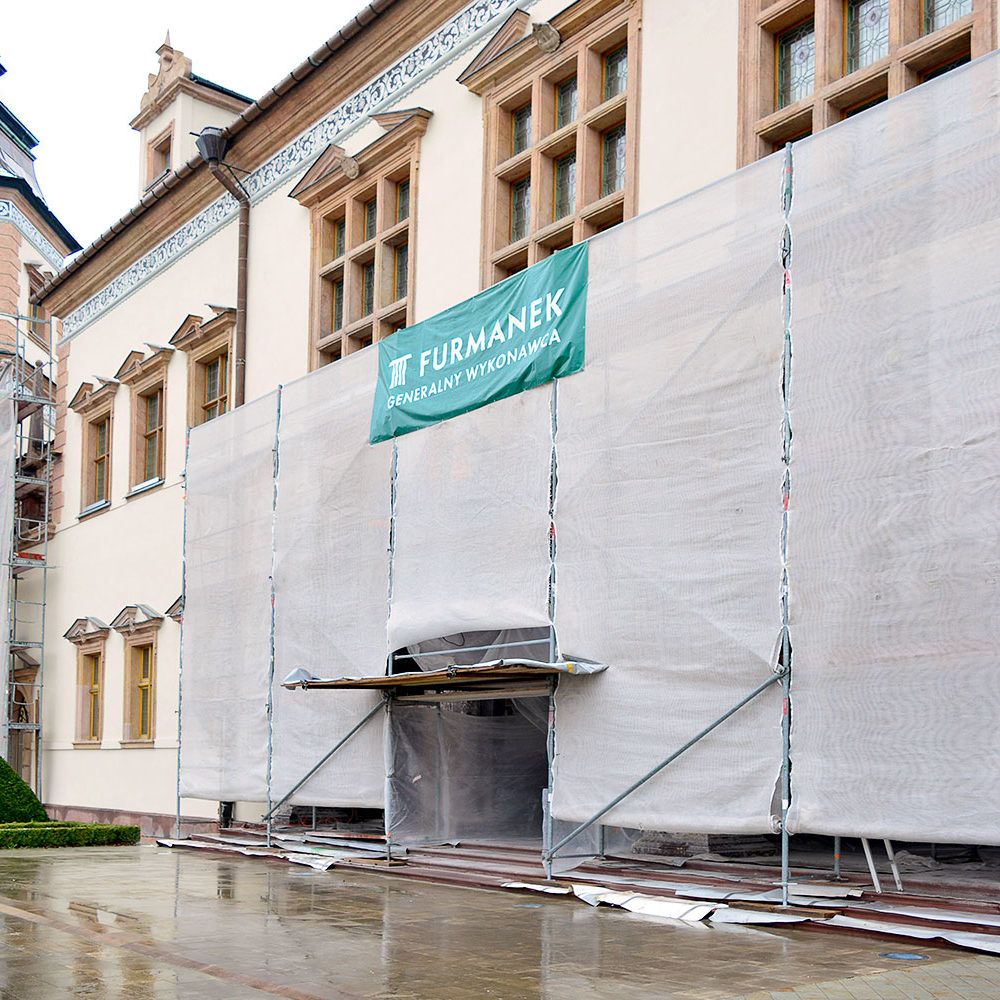

The Palace of the Cracow Bishops in Kielce
COMPLETION DATE: 2018—2020
LOCATION: POLAND
The Palace of the Cracow Bishops in Kielce is one of the best-preserved original early-baroque palaces in Poland. Established in the first half of the 17th century on the cathedral hill in Kielce, it was a residence erected on the initiative of the Grand Chancellor of the Crown and the Bishop of Cracow, Jakuba Zadzik. Currently, the palace is the seat of the National Museum in Kielce.
The preserved cornices, portals and windows have undergone technical maintenance, leading to strengthening of their structure.
All the stone elements of the loggia, its portal and consoles have been subjected to treatments aimed at restoring their aesthetic and artistic values. We have also recreated all the polychromes and gilding. The vault in the eastern and western loggias has been cleaned and the monochromatic colors have been merged. All plinths, stairs and floors in both loggias as well as wooden door elements have been subjected to extensive conservation works.
Most of the plasters needed cleaning and refilling, and some needed replacing as well. We have re-executed the cornices, which have been painted together with the facade. The roof also required repair work – we have partially replaced the covering of both the palace roof and the tower with copper sheets, along with the replacement of the formwork. All electrical installations, illumination lighting systems and lightning protection systems have been modernized.
All the works have caused that the Palace of the Cracow Bishops in Kielce has regained its appearance from the past. It is worth seeing how it looks today.
We put our heart in stone.
























